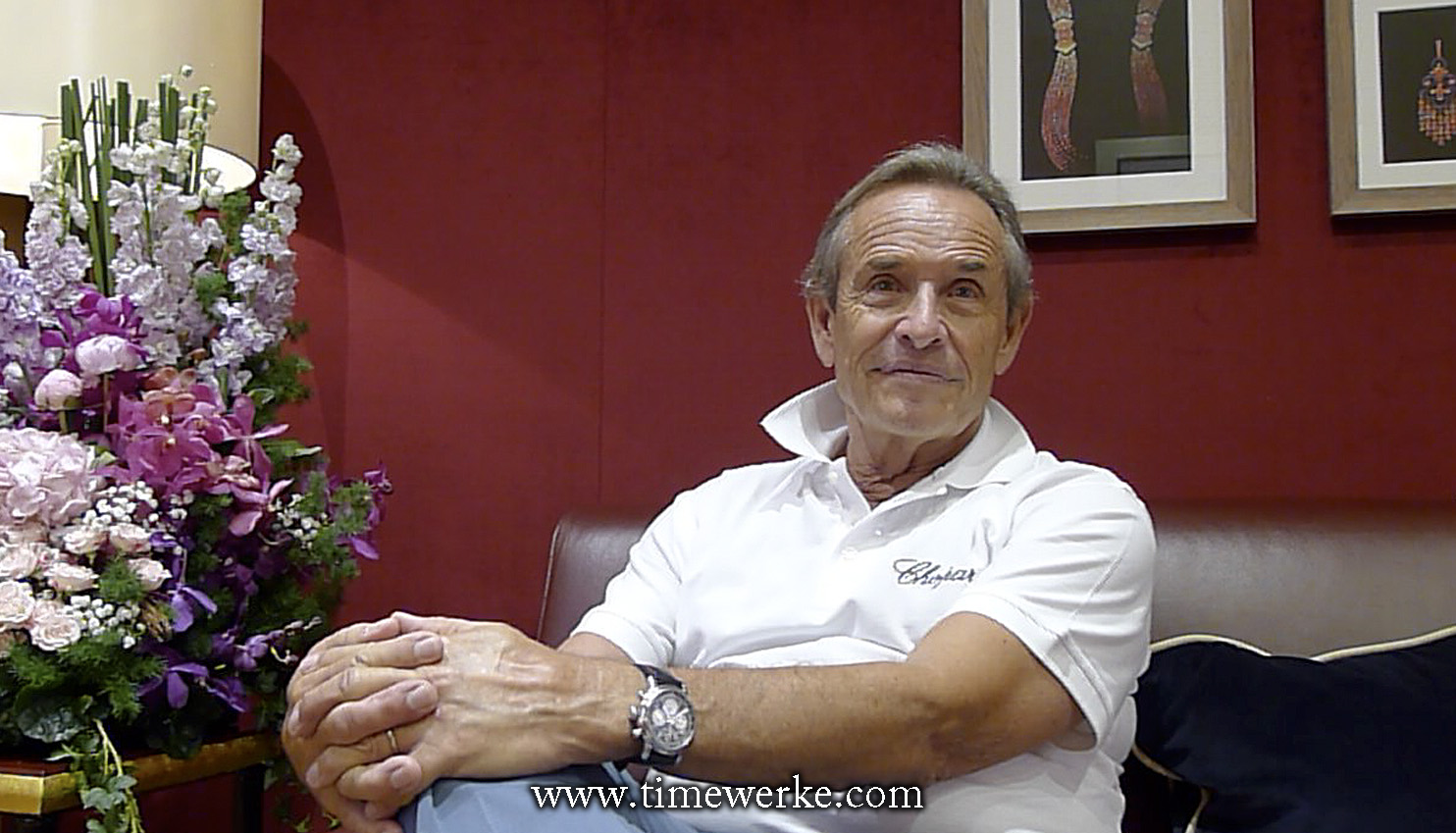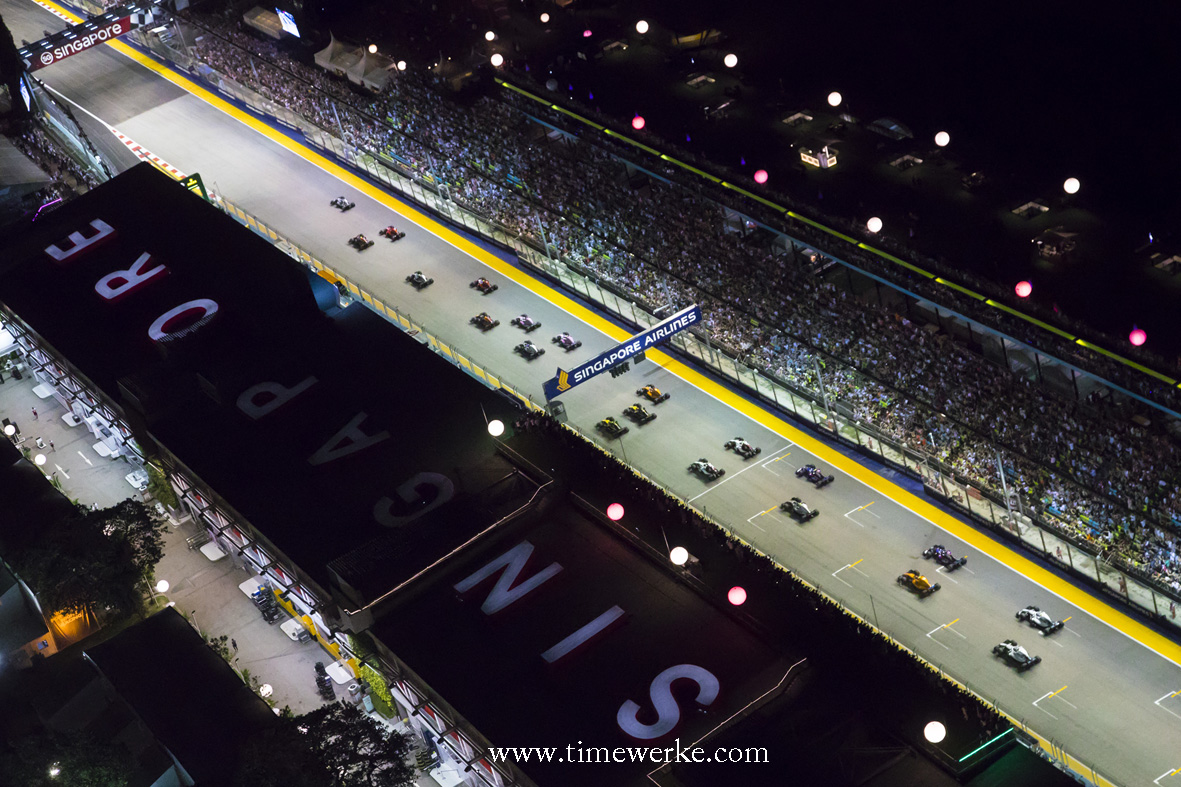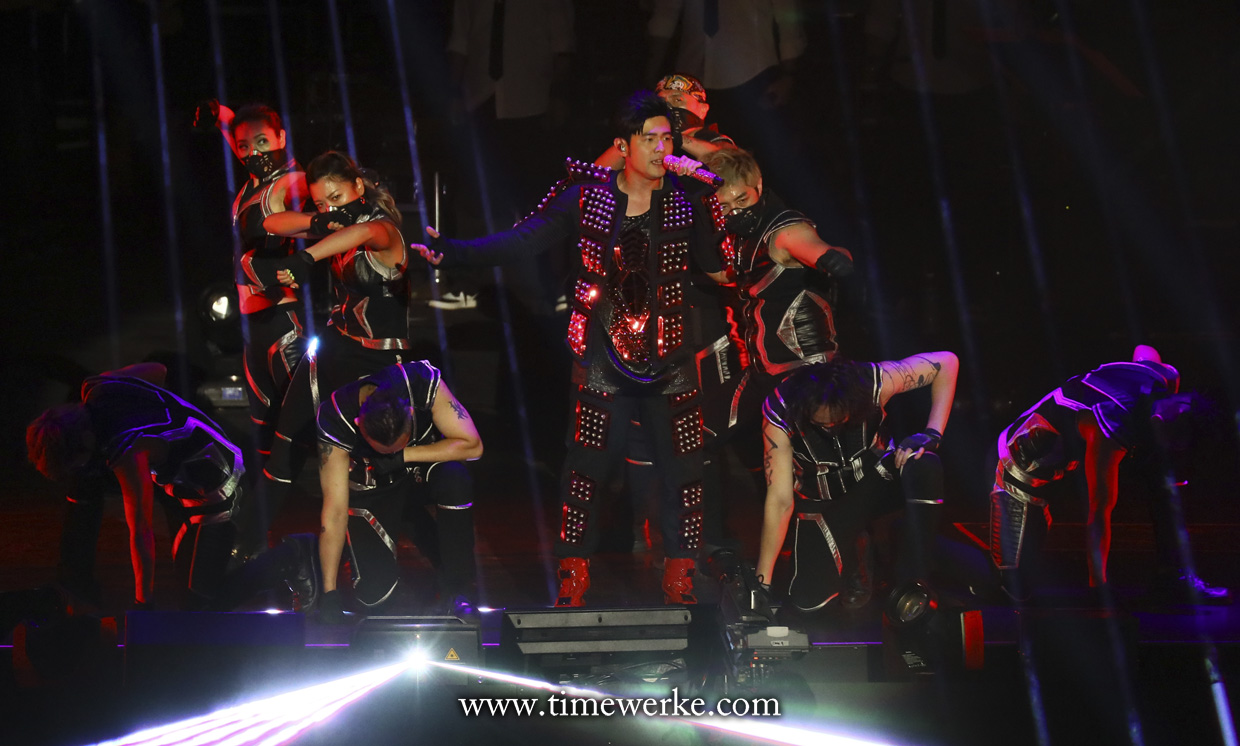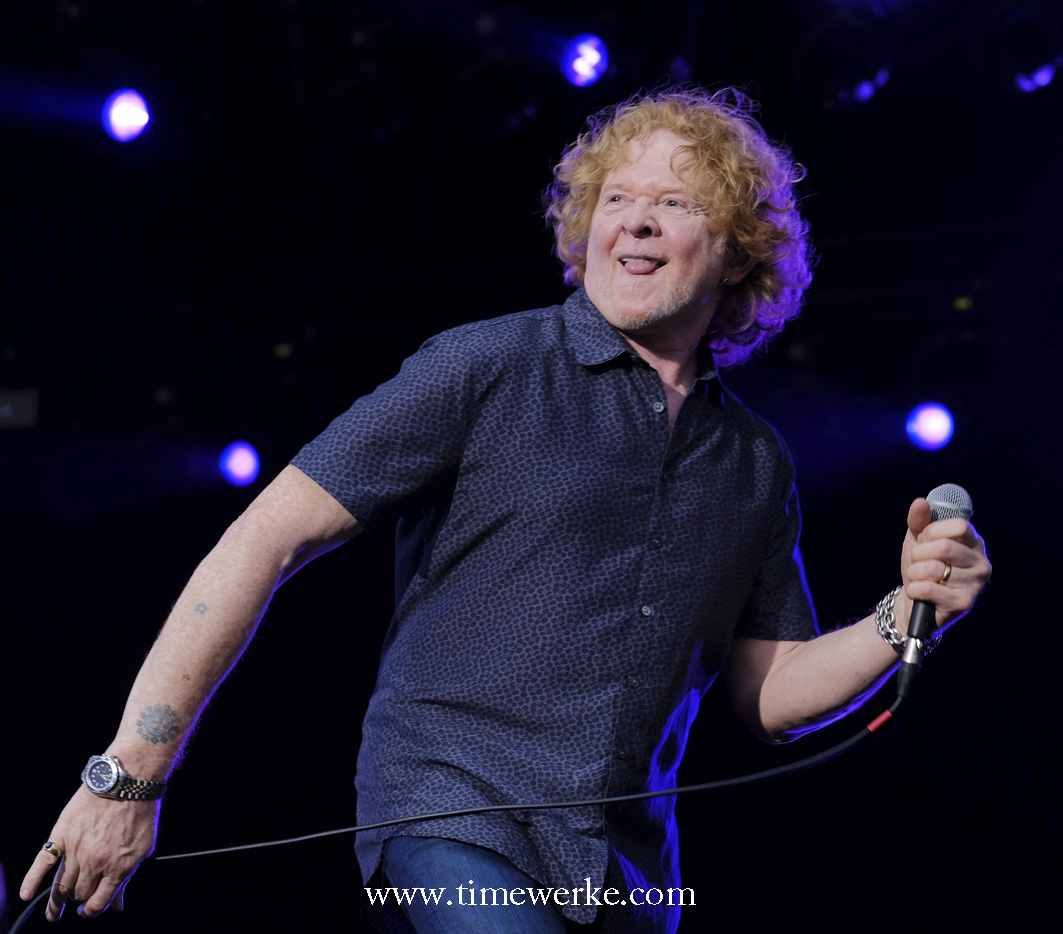Source: TimeWerke Videos on YouTube
The Luminox ICE-SAR Arctic 1000 Series watch represents not only the beginning of a long-term partnership between the brand and Iceland’s ICE-SAR but the start of an adventure with a modern Luminox watchcase design that is young in looks.
ICE-SAR refers to “Slysavarnafélagið Landsbjörg” in Icelandic, the national language of Iceland. It is known as the “Icelandic Association for Search and Rescue” in English; hence the acronym ICE-SAR.
In Iceland, extreme weather, avalanches, earthquakes and volcanic eruptions are a part of life. Such extremes in weather and the environment make Iceland a popular destination for adventure seekers.
This explains why search and rescue activities are highly important in Iceland for assisting both locals and tourists. In 2017, there were more than 1,000 ICE-SAR activations or “callouts” (Icelandic: “Útkall”), of which 150 were life-threatening situations.
The partnership between Luminox and ICE-SAR began in 2018 and what resulted is the Luminox ICE-SAR Arctic 1000 Series. The ICE-SAR inscription and logo can be clearly seen on the blue textured dial.
The dial is in blue, white and red, colours of which are inspired by the flag of Iceland.
Founded in 1928, ICE-SAR celebrated its 90th anniversary in 2018. This explains the the “90 Years” inscription at 9 o’clock.
The number to call for ICE-SAR emergency assistance is 211 and this three-digit number is found at 12 o’clock.
Source: TimeWerke Videos on YouTube
Do note that the bezel of the Luminox ICE-SAR cannot be rotated as it is a monobloc Carbonox watchcase. What is truly noteworthy is the new-look lug design that makes the watch appear younger and more modern in style.
Another detail to note on the dial is the 24-hour Arabic numeral reference scale in red.
Though limited to 900 pieces, the Luminox ICE-SAR watch is offered worldwide. That is because ICE-SAR isn’t an association with activities solely centred in Iceland.
The International ICE-SAR, founded in 1999, undertakes missions around the world. Its first international mission was the rescue of survivors in the 1999 İzmit earthquake in Turkey. ICE-SAR was also involved in the 2003 Boumerdès earthquake in Algeria and the 2004 earthquake in Morocco.
ICE-SAR depends on volunteers and it has a strength of 4,200 individuals organised into 93 teams. Basic ICE-SAR training is 18 months. The association funds itself through sales of fireworks, the operation of slot machines and the sale of keychains, among other things.
With the Luminox ICE-SAR Arctic 1000 Series, an additional source of funding is now available as part of the watch sales proceeds will go to ICE-SAR.
We view this positively as such funds will be utilised in a manner that will ultimately be for saving lives. For those who like the watch and acquire one, they are, in our opinion, “paying it forward to save lives”.
Natural disasters like earthquakes are not uncommon even in Southeast Asia. The August 2018 earthquakes in Lombok, Indonesia is one such example.
Then there was the Tham Luang cave rescue in Chiang Rai, Thailand that caught the attention of the world. It involved the difficult recovery of 12 young boys from a football team and their assistant coach. They were trapped in the cave for 18 days between June and July 2018. It was reported that 10,000 people were involved in rescue efforts.
Rescue agencies like ICE-SAR and those in involved in the Lombok rescue efforts require experienced personnel and funds for search and rescue missions. Any charitable funding used correctly and wisely will go a long way in saving human lives.
References:
i. Jonas Bendiksen, Meet the Brave Volunteers Saving Lives in Iceland, redbull.com, 27 Feb 2018.
ii. Nick Paumgarten, Life is Rescues, The New Yorker, 2015.





